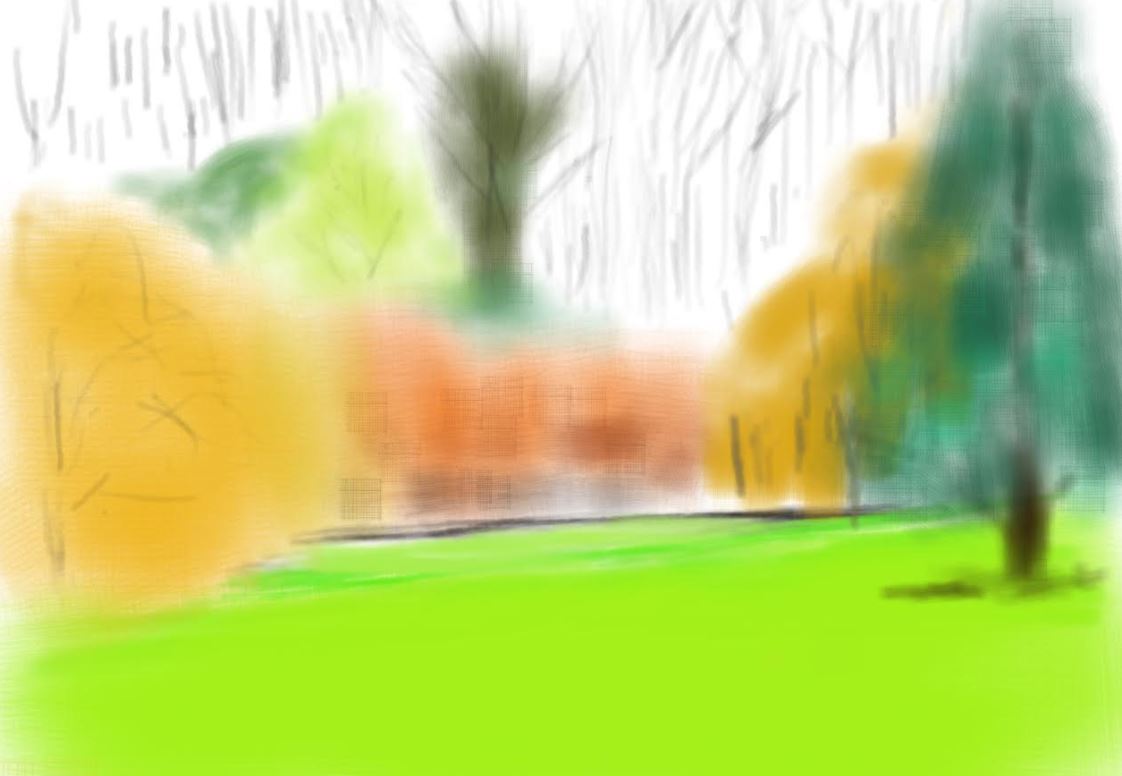
I am nearing the completion of my latest tranformation project. There is a patch of neglected woodland near the gate. As long as we have known it, it has been overgrown with brambles and nettles in the summer but bare and waterlogged in the winter. Its also been a dumping ground for tree branches that have fallen or been cut. Two months ago I began clearning this area and digging drainage ditches. As I started digging into the wet clay it immediately filled with water. The more I dug the more it filled with water and I decided that it would be nice to have another pond. At the end of a week of spending a few hours a day digging (it was heavy work) I had a sizeable structure. I created banks from the clay I dug and added some sand and peat to the clay to improve it as a medium. I then spent several weeks clearing the edges of the pond digging up bramble and nettle roots and adding top soil from the field to raise the level of the ground. It was very wet and muddy but I was bouyed by the progress I could see I was making. The next task was to transplant woodland sedges which are prolific elsewhere in the woods - I must have tramsplanted over 100 a few big ones and lots of smaller ones but they immediately turned the brown muddy floor into a tract of vivid green vegetation.
I like ferns and have always wanted a fernery so I decided to plant the banks of the pond with ferns, some were transplanted from the garden and woods but I bought around 20 new ferns including, Dryopteris Eryhrosora
Dicksonia Antarctica
Doodis Media
Dryopteris Erythrosra
Dryopteris filix-mas
Blechnum spicant
Polystchum tsus-simense
Hartstongue
It looks a bit bare at the moment but past experience tells me that in a few months it will look very different.
The final act was to plant some wood anenome rhizomes which, I hope, will provide a lovely display od native wildflowers in March and April.

 RSS Feed
RSS Feed